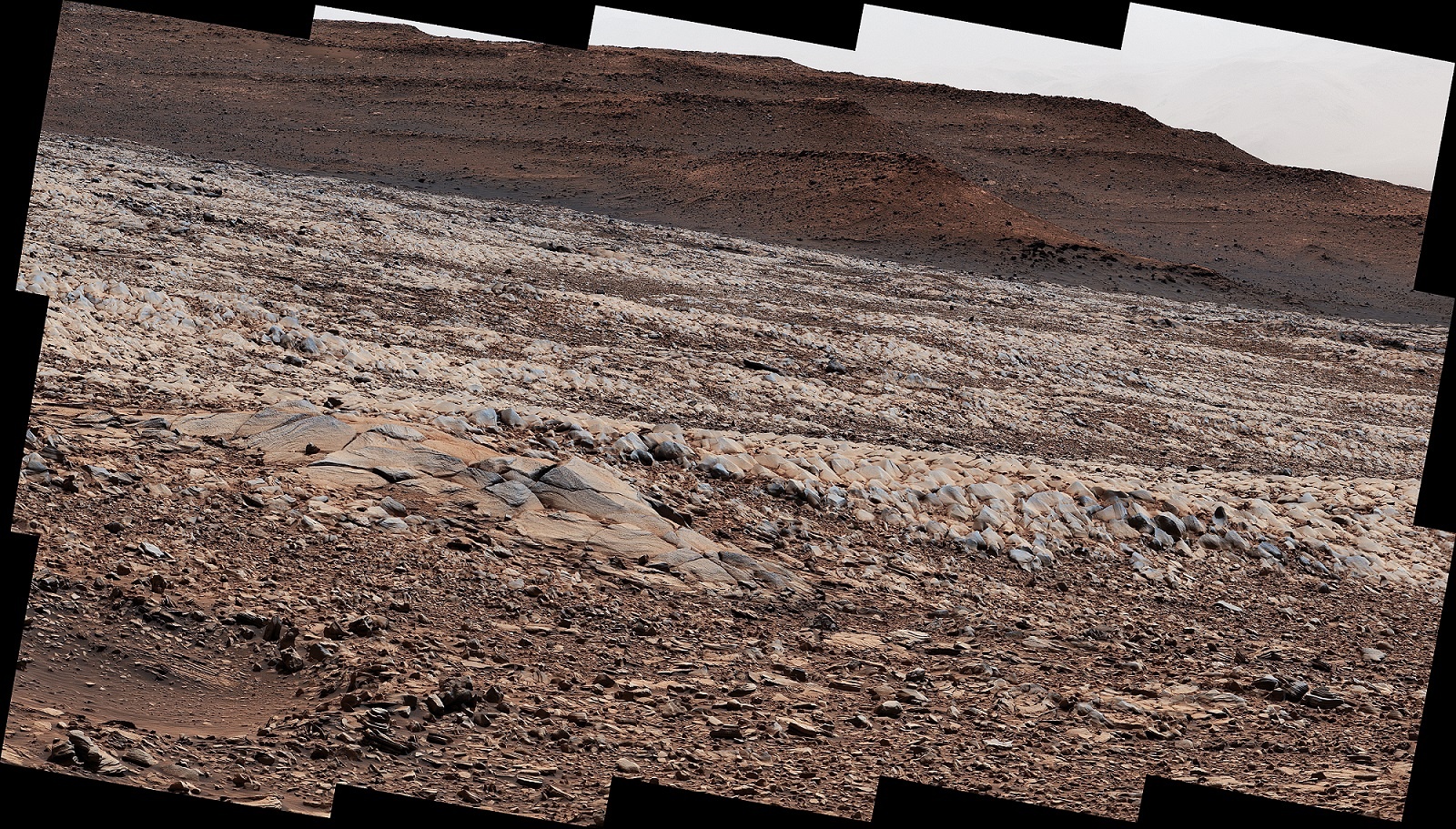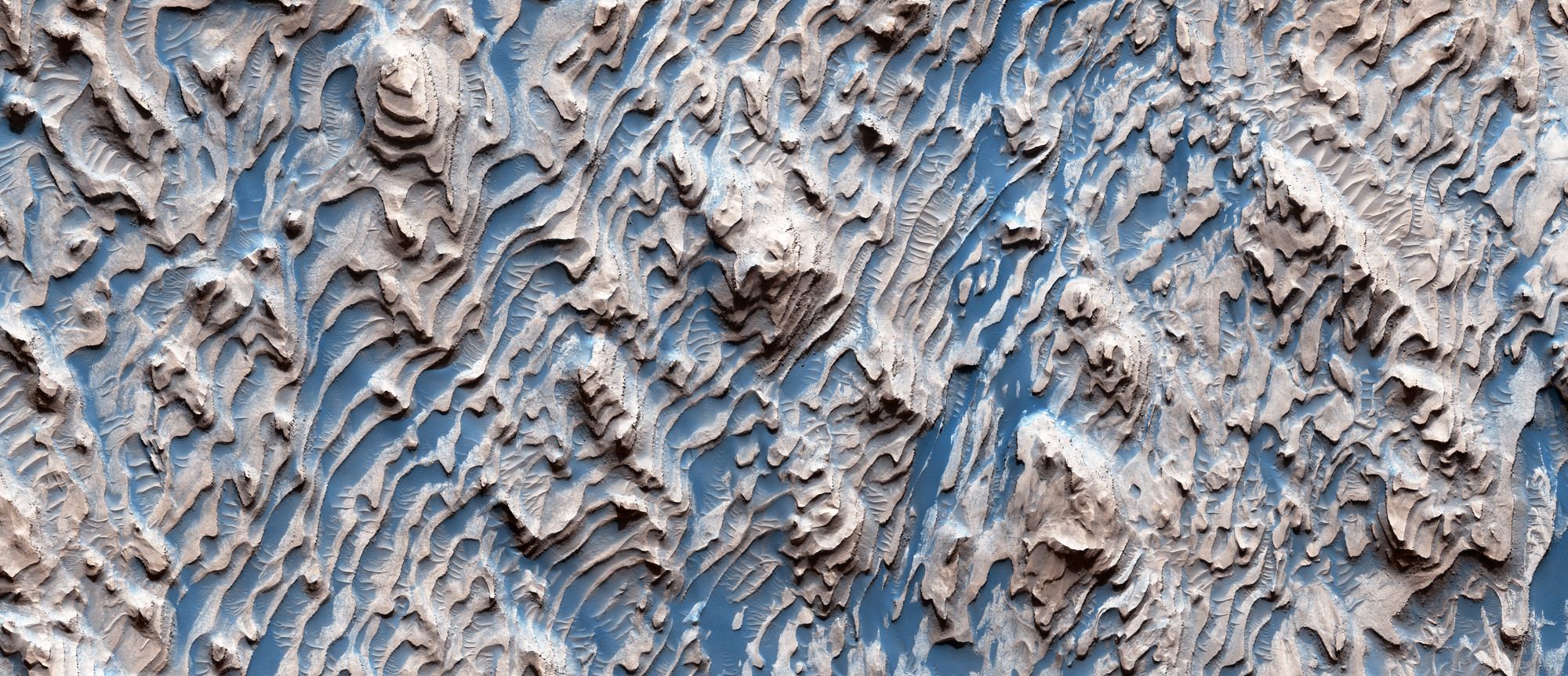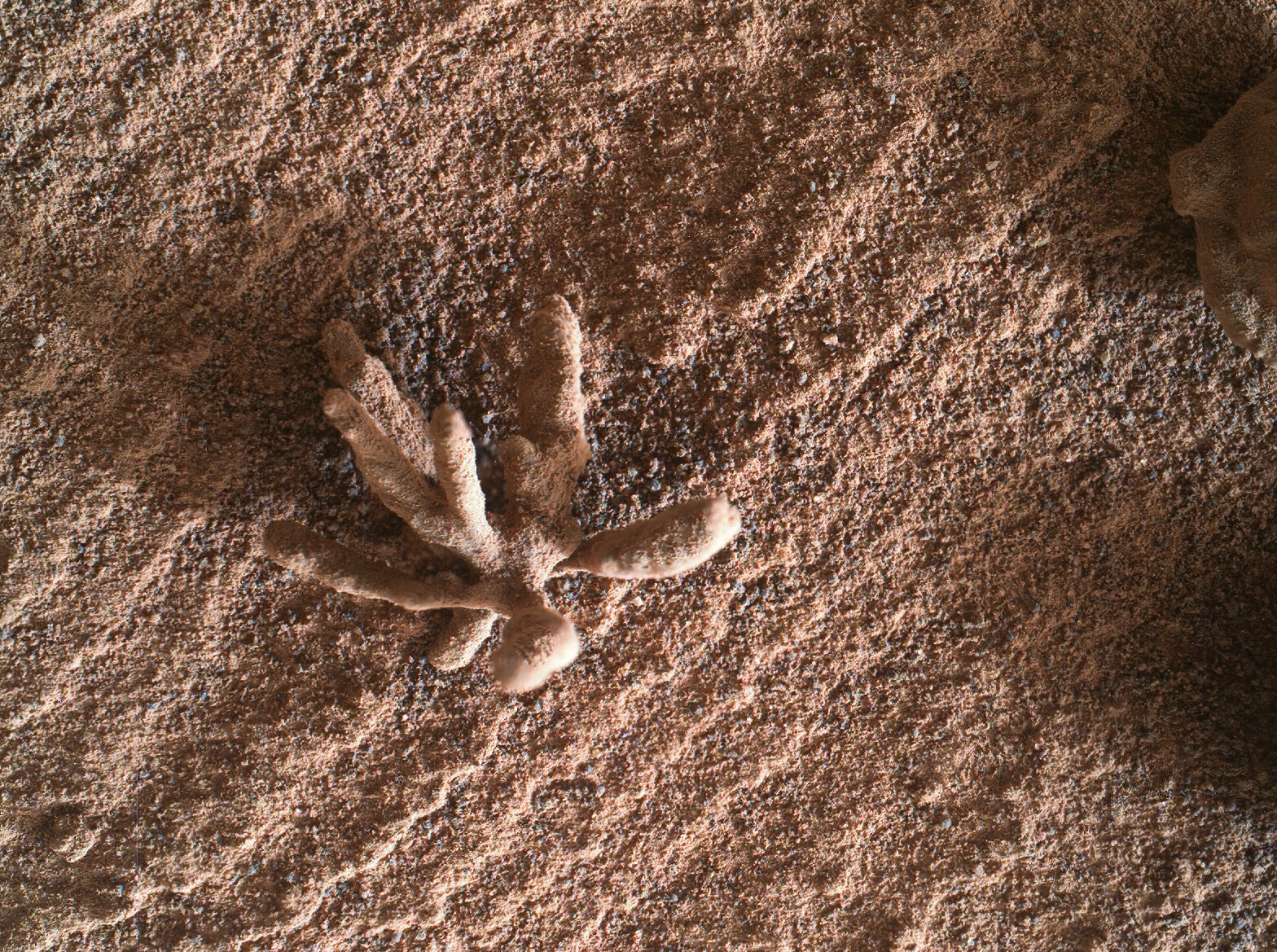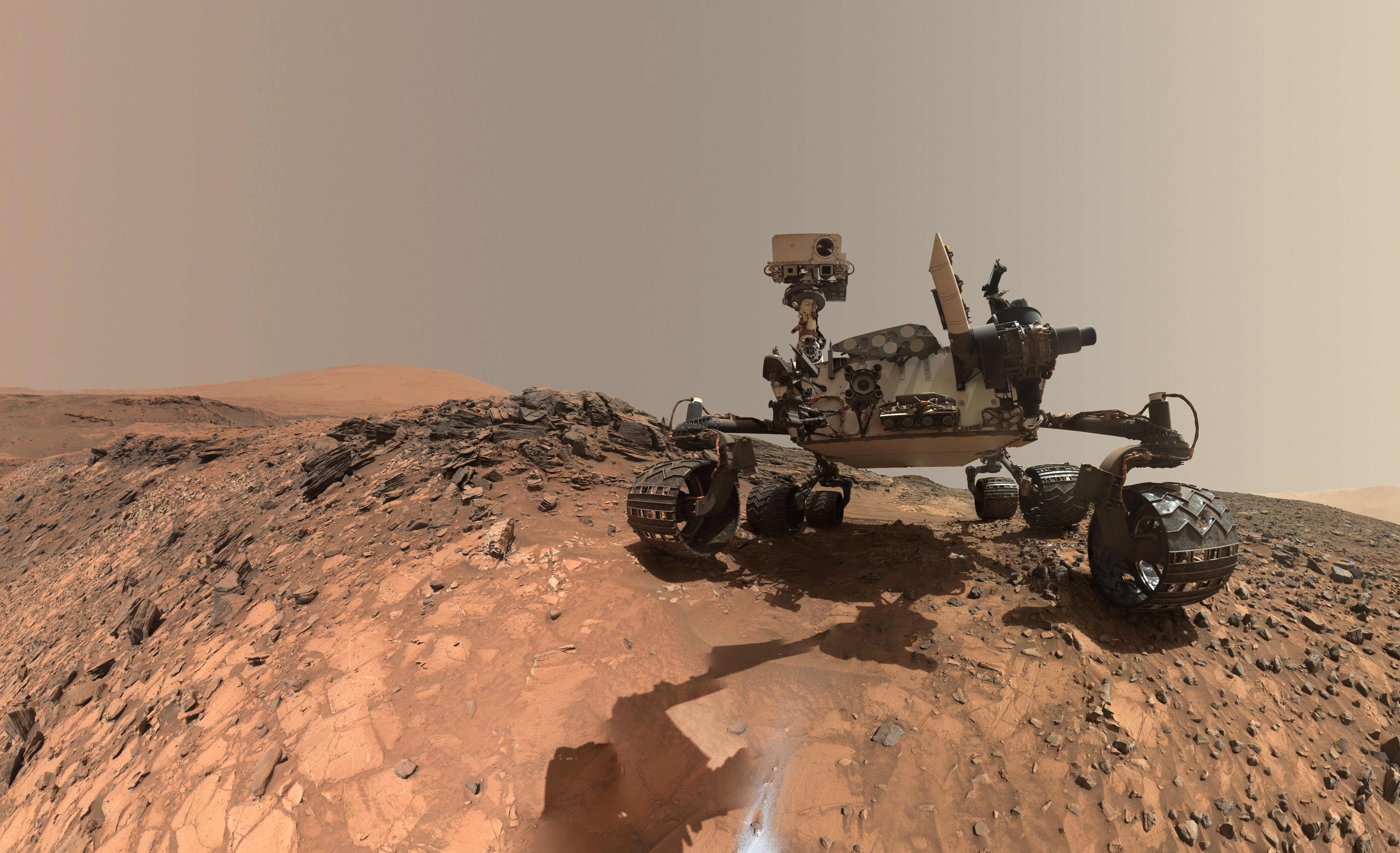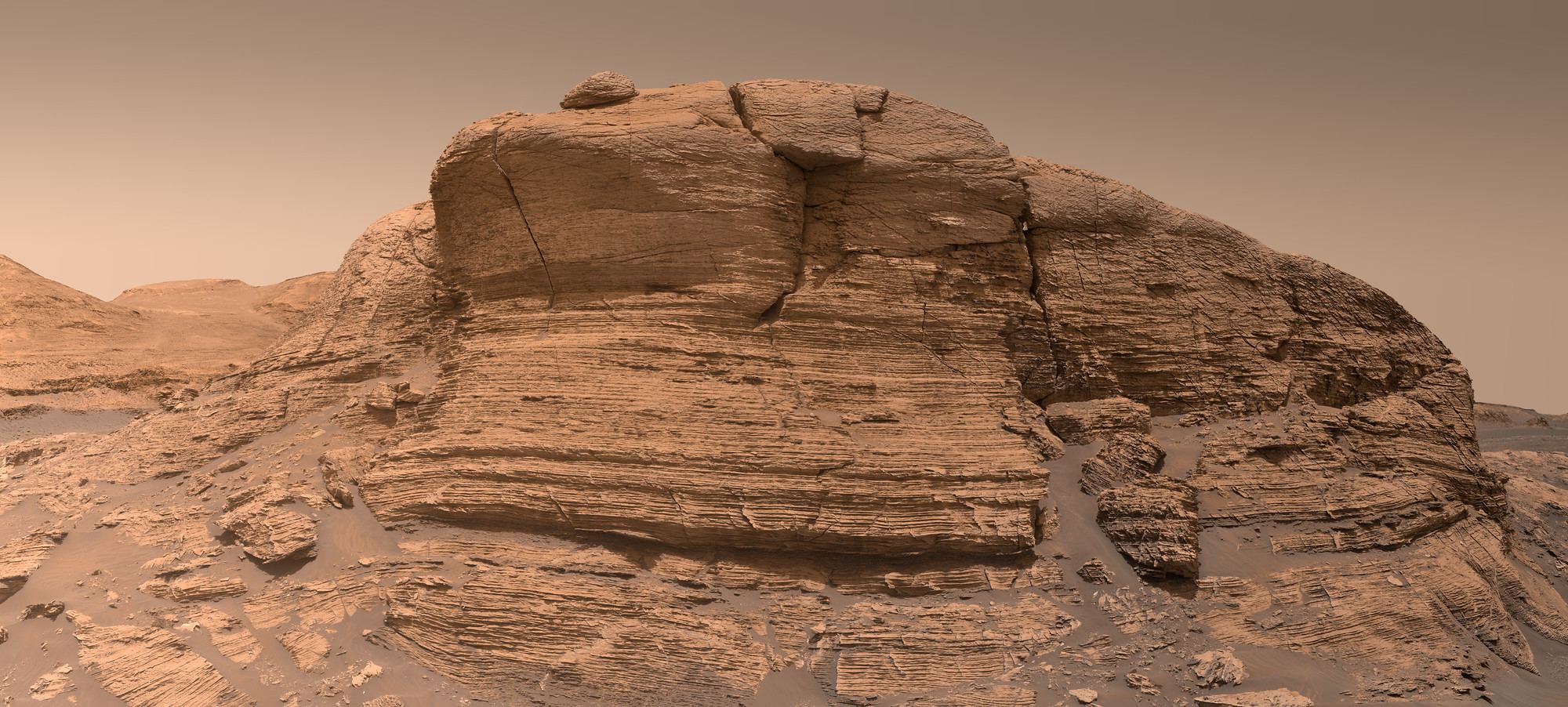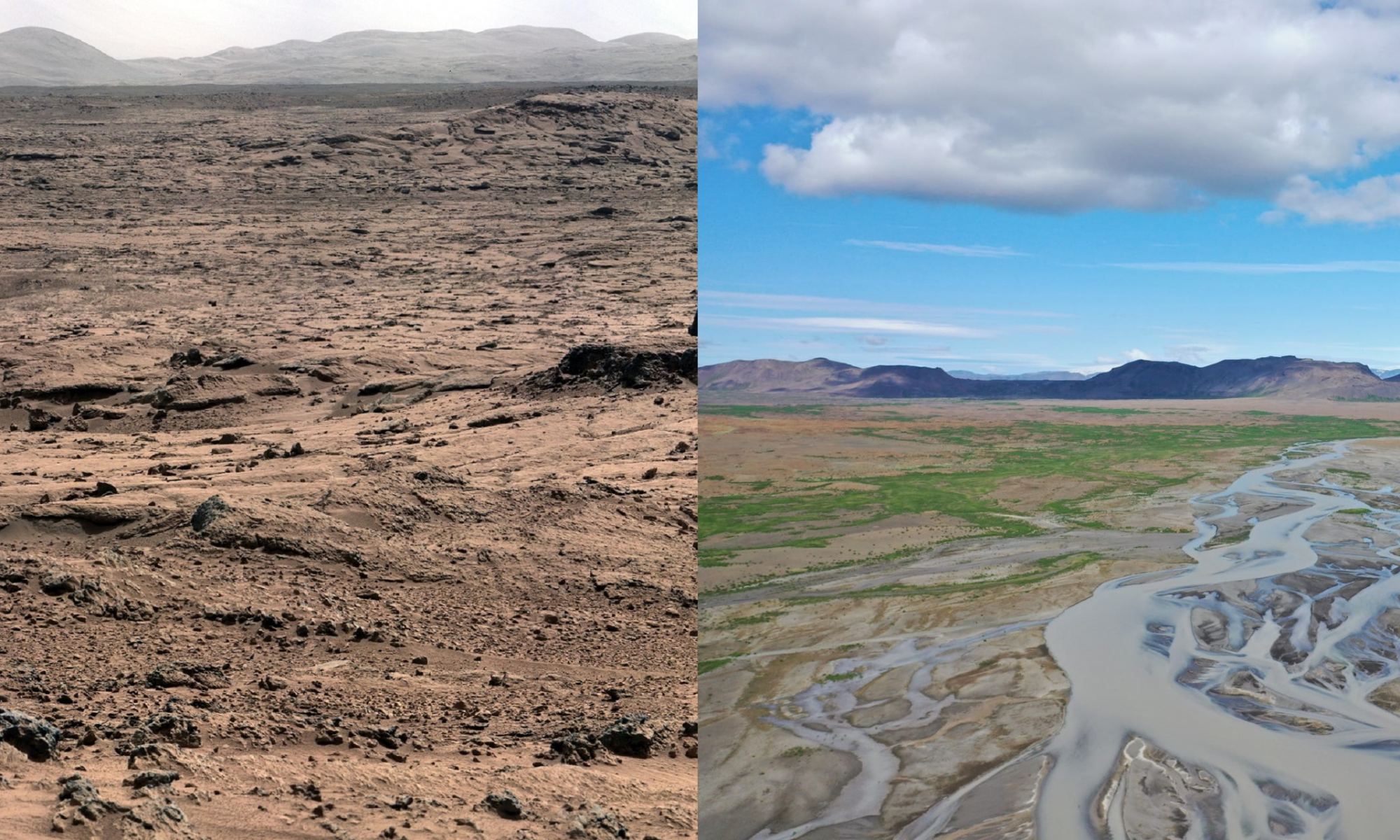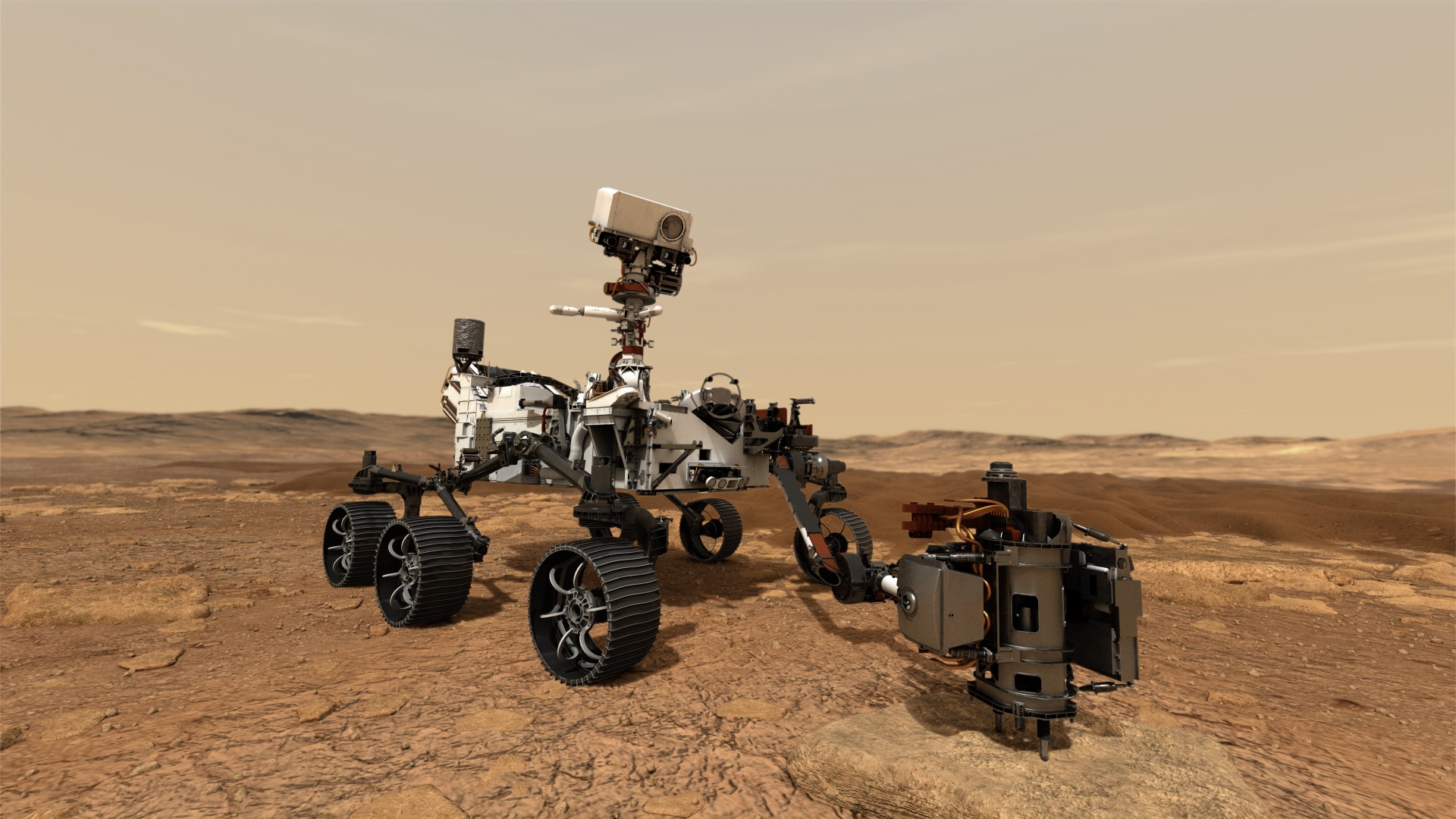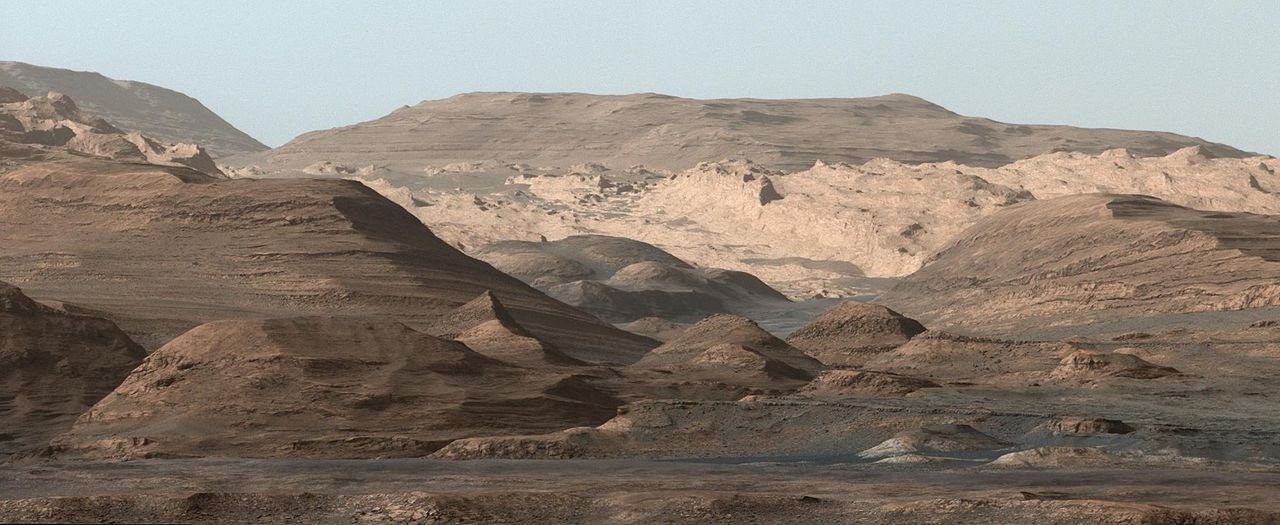Mars is often referred to as “Earth’s Twin” because of the similarities the two planets have. In fact, Mars is ranked as the second most-habitable planet in the Solar System behind Earth. And yet, ongoing studies have revealed that at one time, our two planets had even more in common. In fact, a recent study showed that at one time, the Gale Crater experienced conditions similar to what Iceland experiences today.
Since 2012, the Curiosity rover has been exploring the Gale Crater in search of clues as to what conditions were like there roughly 3 billion years ago (when Mars was warmer and wetter). After comparing evidence gathered by Curiosity to locations on Earth, a team from Rice University concluded that Iceland’s basaltic terrain and cool temperatures are the closest analog terrain to ancient Mars there is.
Continue reading “Iceland is a Similar Environment to Ancient Mars”



